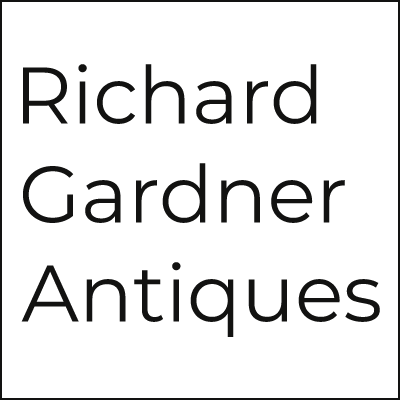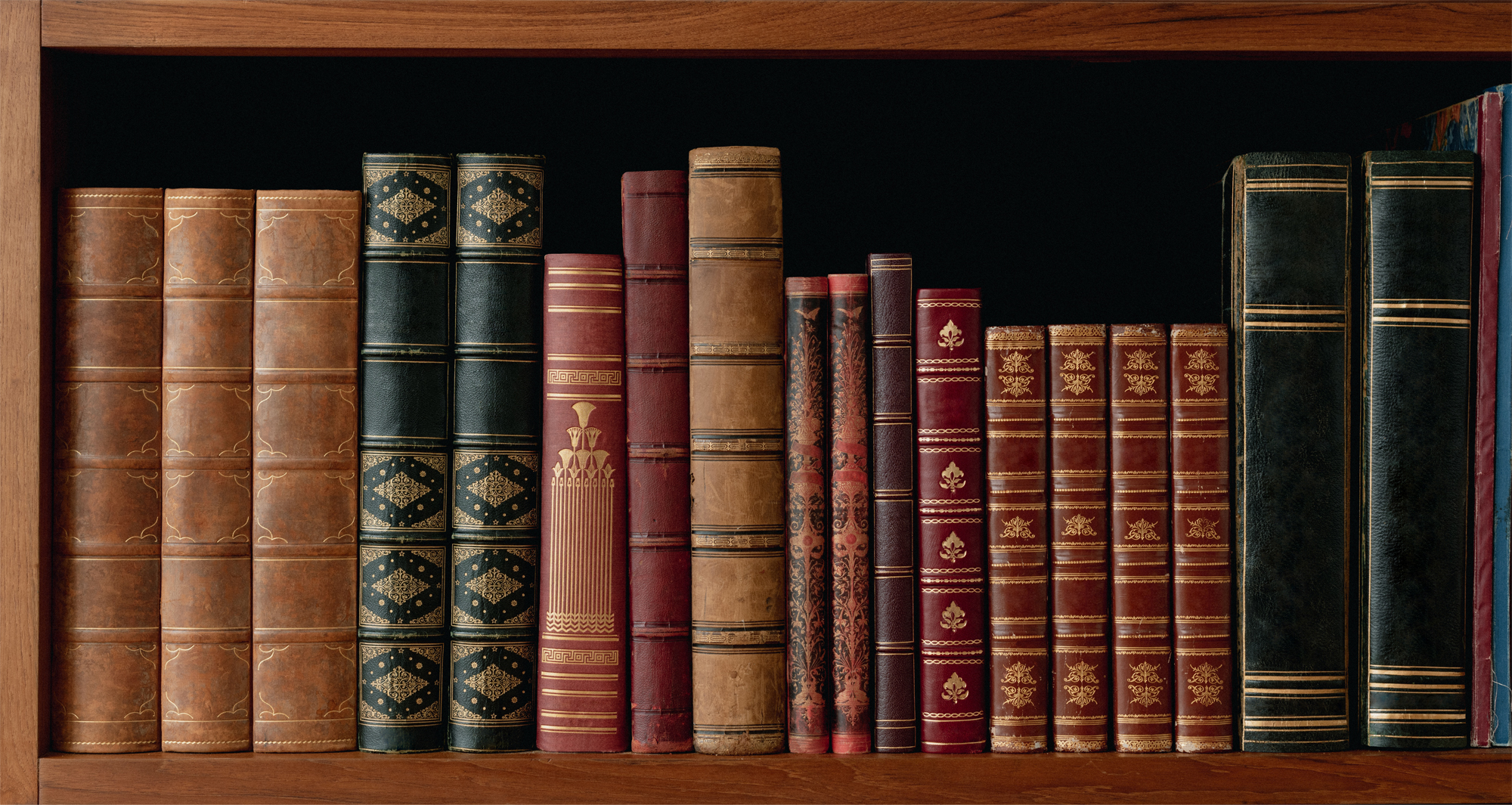W
Wackerle Josef (1880 – 1959) A German porcelain modeller who broke away from the convention of imitating 18th Century figures and he produced statuettes of sporting girls and figures in contemporary dress. He was the artistic director of the Nymphenburg porcelain factory 1906 – 1909. He later produced some models in modern dress for the Berlin porcelain factory.
Wagner, Otto (1841 – 1918) A Viennese architect and furniture designer. He was a pioneer of functionalism with his conviction that ‘nothing that is not practical can be beautiful’. His work influenced many other designers such as Josef Hoffmann and Adolf Loos. He became a member of the Viennese Secession from 1899. Throughout his work he used a lack of ornamentation, functional quality and he mixed wood and metal. The Thonet Brothers produced some of his Bentwood designs.
wainscot A wood panelling or a piece of furniture with much panelled work. The term was used in Medieval times to describe oak timber suitable for wagon construction later the term was used for straight-grained oak that was suitable for panelling. A wainscot bed has solid panels at its head and or foot, a wainscot chair is a panelled back chair.
wall clock The general term used for a weight or spring driven clock that is intended to be wall mounted. But, can also include a cartel clock, tavern clock, lantern clock, girandole and a regulator.
A hooded wall clock has a hood, it can be lifted on and off from the wall mounted movement.
A wall dial is a Georgian, Victorian or Edwardian spring-driven timepiece with a circular dial in wooden surround.
wall pocket A vase, either pottery or glass for hanging on the wall to hold flowers, it was popular in the 18th and 19th Centuries, usually flat backed.
Walnut A close grained hardwood, light golden brown to dark greyish brown in colour with dark streaks and often with a rich grain pattern. Walnut tookover being the most favoured piece of wood for furniture making from oak in Circa 1660 until the introduction of mahogany in the 1720’s. The European species were used for high quality solid furniture of the 16th and 17th Centuries. European walnut became scarce after 1709 following severe weather in France, but the darker American walnut was used throughout most of the 18th Century.
Walter, Alméric (1859 – 1942) French Art Nouveau and Art Deco glass maker. He specialised in thick, opaque Pate-de-verre pieces, such as sculptural ornaments, ashtrays and small dishes in greens, yellows, and turquoise, often decorated with naturalistic forms such as insects, small reptiles an sprays of berries.
Waltham Watch Company The first of several American watch companies to mass-produce cheaper watches for the general public. The company was established in the mid 19th Century and together with the Swiss industry initiated the decline of the more conservative and exclusive British watch trade.
Walton, George (1867 – 1933) Scottish architect and designer of metal ware, textile, furniture and glassware. He was a member of the Glasgow School, which established the British version of Art Nouveau style, and his polished iron and copper candlesticks and chandeliers are typical of this genre. His furniture designs, some for the retail business Liberty and some for High Wycombe manufacturers, echoed 18th Century forms on their emphasis on high backs and strong vertical lines.
Wardian Case A glass sided case like a miniature greenhouse for growing displays of plants such as ferns or tropical species indoors. The name comes from Victorian naturalist Nathaniel Ward, who transported botanical specimens from his travels in this way. Domed waridan cases mounted on stands were popular in Victorian parlous.
Wardrobe This is the term used from the early 19th Century for a large, freestanding cupboard with hanging space for clothes. In the 18th Century clothes were stored in presses.
Warming Pan A round, lidded container made of copper or brass with a long wooden, brass or iron handle. The pan would have held hot coals or charcoal or later water and were used to warm beds. It became popular in the 16th Century and was replaced in the 19th Century by metal or stoneware hot water bottles. Most later examples were decorative.
Washstand A three or four legged stand for holding a washbasin, a common item of furniture in the USA and Europe from the 18th Century. Larger heavier models with a marble or tiled top, drawers, and a cupboard for a chamber pot beneath were popular in the 19th Century.
Watch paper A disc of paper with the name of the watchmaker or repairer decoratively printed on it, use in Britain from the 18th Century. The papers are usually placed at the back of an open faced watch case or in the back of an outer pair case.
Water clock clock run by the regular flow of water from one container to another, based on the clepsydra, an ancient timekeeping device, and revived in the 18th and 19th Centuries. Many copies of these revivals, with false signatures and dates, were made in the 1920s and 30s.
Watercolour Water- soluble pigments mixed with a preparation of gum and dissolved in water before being transferred to paper. Watercolour is translucent.
Waterford Irish glass was produced at Waterford from 1729. Flint glass was superseded by the fine quality lead crystal for which the town is best known in 1783. From then until is closed in 1851 the factory produced various tablewares, including bowls, glasses and decanters. The bluish tinge often said to distinguish Waterford glass is a myth. A new factory opened in 1951 producing traditional Waterford styles.
Wax doll Doll with head, and sometimes limbs, made wholly or partly of bleached beeswax, popular Circa 1750 – 1930s. Solid wax may be carved into shape or liquid wax poured into a mould. Eyes are either painted on or small black beads stuck on with a drop of wax.
Waywiser A large, wheeled devise for measuring distances on the ground. Waywisers were used by the Post Office to measure postal routes prior to 1840, as the charge for sending letters was based on distance. As the device was pushed along, the distance was recorded on a brass dial situated beneath the handle.
Webb, Philip (1831 – 1915) British architect and furniture designer, closely linked with William Morris. Webb designed jewellery, glass, metalwork and embroidery for Morris’s decorative arts firm but concentrated mainly on the design of solid oak furniture. Hi didn’t like veneers but sometimes adopted stained or an applied gesso or lacquered leather feature. Webb’s designs ere highly influential in the Arts and Crafts movement with the ideals of craftsmanship.
Webb, Thomas & Sons Family firm of glass makers base around Stourbridge, Worcestershire since the early 1830’s From its founding the firm has made a variety of household wares, but in the 19th Century it was especially noted for engraving and fine cameo glass, and from 1866 it also made Burmese glass. The company closed in 1991.


